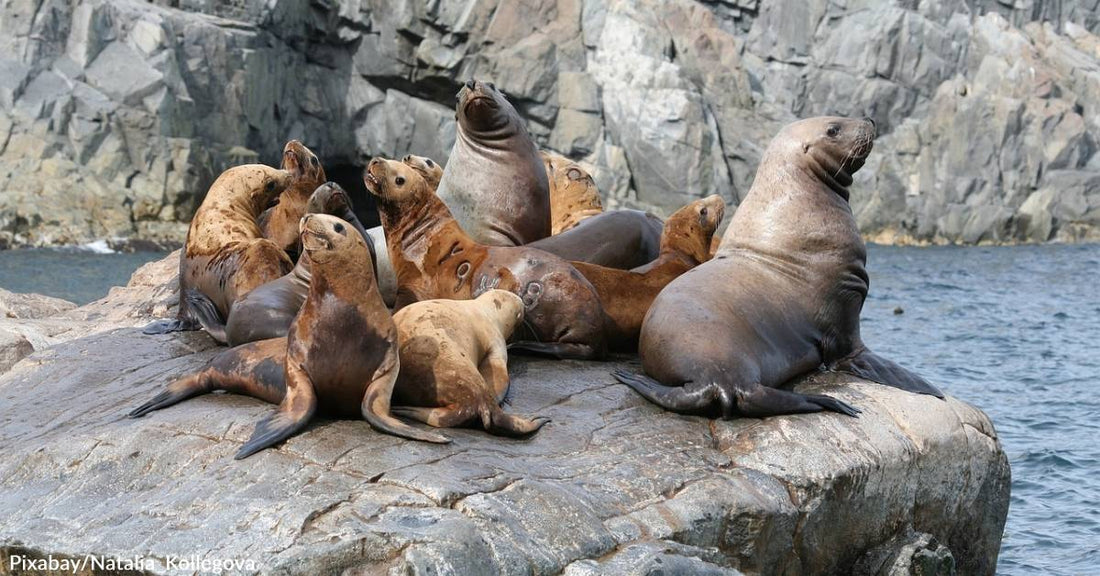7th Annual Holiday Toy & Book Event Help make the holidays brighter this year!
Male Sea Lions in California Pack on the Pounds & Get Stronger in Response to Climate Change
Rebecca West
A recent study published in Current Biology noted that male sea lions that call California home are actually getting bigger, not smaller, as a result of climate change. They have shown an increase in average body size even with continued population growth, which leads to increased competition for food and resources.
In the study, which was published on April 27, researchers found that the process of mating selection was a significant driving force for the males to strengthen their neck and jaw muscles used for fighting during breeding season and, as a result, buff them up even more.
Another factor contributing to their bulk is that sea lions are now said to be responding to climate-induced food shortages by diversifying their diets and searching for meals further from shore.
Since the passage of the Marine Mammal Protection Act in 1972, the number of breeding females has tripled, which could be seen as a positive sign protection acts like these are working.
"Body size reduction is not the universal response to population increase in marine predators," co-author and University of California Santa Cruz and the Smithsonian Institution paleoecologist Ana Valenzuela-Toro noted in a news release on the subject.
"California sea lions were very resilient over the decades that we sampled and were able to overcome increasing competition thanks to prey availability. They're like the raccoons of the sea: they can consume almost everything, and they can compensate if something is lacking."
Researchers examined museum specimens of adult California sea lions of both sexes collected from 1962 to 2008. In order to estimate body size differences, they compared the overall size of more than 300 skulls while factoring in other connected features, such as the size of muscle attachment points, to determine changes in neck flexibility and biting force.
To find out where the creatures were dining and what they were dining on, scientists removed tiny bone samples from the animals' skulls to measure their stable carbon and nitrogen isotope composition.
"Carbon provides information about habitat use — whether they're foraging along the coast or offshore — and nitrogen provides insights about the trophic level of their prey, for example, if they're consuming smaller or larger fish," added Valenzuela-Toro.
Ultimately, their findings pointed to male sea lions having increased in size overall. Females, on the other hand, have remained stable in size. The thought is that the difference likely amounts to the fact that size matters more for a male mating-wise.
"One male can breed with many females, and males in the breeding colony fight with each other to establish their territory," Valenzuela-Toro stated. "Bigger males are more competitive during physical fights, and they can go longer without eating, so they can stay and defend their territory for longer."
This advantage is the difference between having harems filled with cows and watching from the sidelines.
Unfortunately, many other species, like polar bears, are shrinking in size and numbers as climate change does a number on the planet. So, how long will sea lions dodge the proverbial bullet?
"As climate change progresses, prey availability of sardines and anchovies will decrease even more, and eventually we will have more permanent El Niño-like warming conditions, reducing the size and causing a poleward shift of these and other pelagic fishes," Valenzuela-Toro continued. "It will be a really hostile environment for California sea lions, and eventually we expect that their population size will stop growing and actually decline."




